Having written about Wawel Castle, I remembered that last autumn we visited another Polish castle, but we never got around to writing a full-fledged article about it. Although this castle, due to its grandiose size and rich history, probably deserves the closest attention more than all the others. In the next articles we will talk about Marienburg Castle, and today I would like to share some shots that were taken on the streets of Malbork on the way to the Teutonic chambers.

We got here by train from Elbląg, where we were taken by a Kaliningrad bus. It's hard to imagine that Kaliningrad and Malbork are separated by only 136 km, but it feels like you're on another planet. However, this always happens as soon as you cross the border.
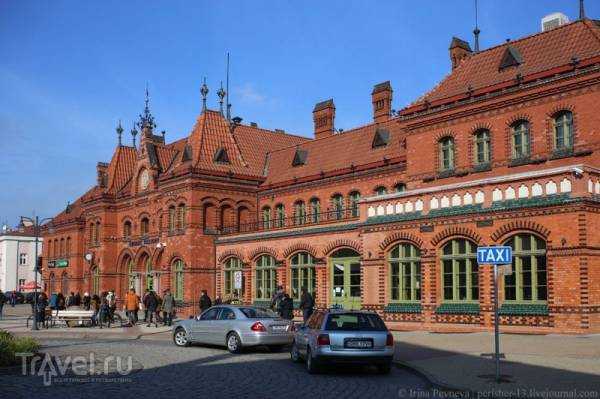
The first thing that catches the eye of those who arrive here by train is, of course, the train station. I have never seen such a beautiful building. It is no exaggeration to say that Malbork is worth visiting just to see this beauty.

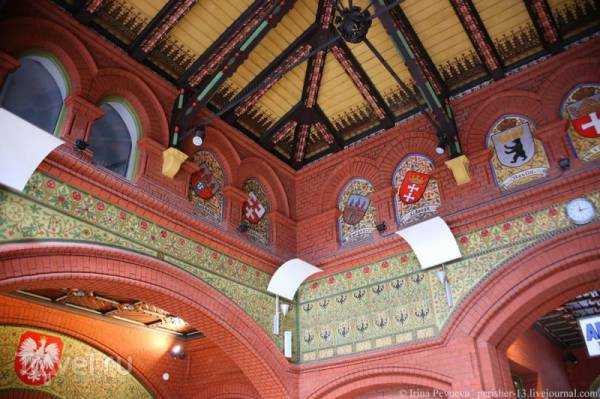
At the entrance stood a rather melancholic and cute little dog, for some reason I wanted to call him the last defender of the castle.

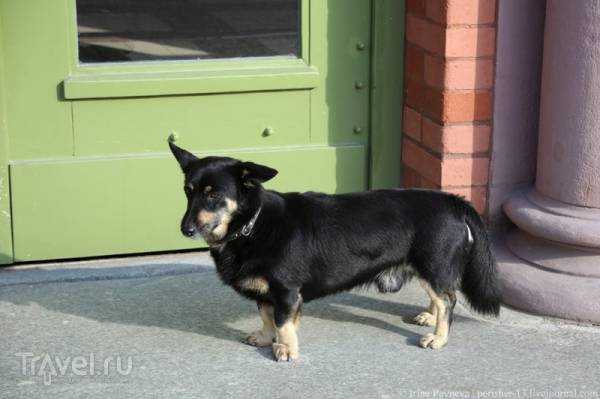

Then we went out to Tadeusz Kosciuszki Street and headed to the hotel, which, according to the map, was located right across the river from the castle. We didn't plan to visit the castle on the first day, so we walked slowly, not in a hurry.

The city's history was in no hurry either, beginning in 1280, when a small castle-monastery surrounded by a red brick fortification wall grew on the territory of today's Malbork. This castle belonged to the Teutonic Knights, who were invited in 1226 by the Polish prince Konrad of Mazovia, supposedly to fight aggressive pagan tribes.
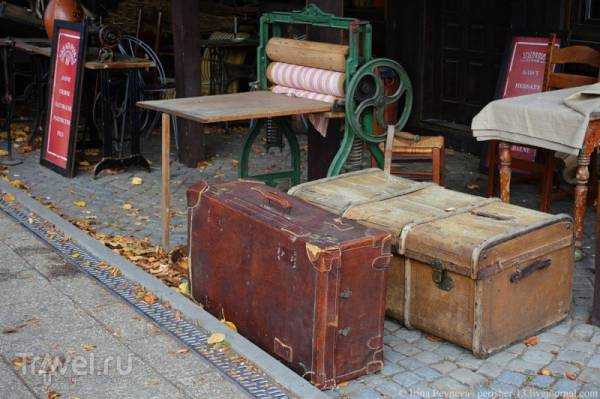

It is difficult to say now what goals Conrad actually pursued, however, the Grand Master of the Teutonic Order Hermann von Salz, who had long been looking for a haven for the order, accepted the invitation. The fact that settlements already existed on the proposed territories naturally did not bother anyone. Moreover, these were pagans who had to be accepted into the bosom of the church at any cost, and one can only guess about the methods.
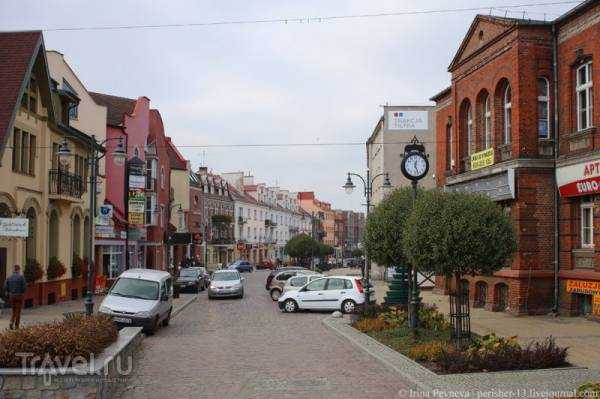
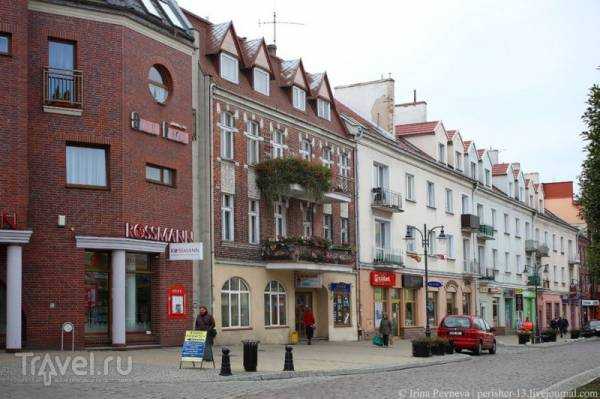
And so on September 14, 1309, Malbork was proclaimed the capital of the Teutonic Order. The Grand Master was interested in the lands recaptured from the pagans being populated by German colonists. The peasants who arrived were entitled to great privileges, they were provided with land, inventory, and cattle. According to the Kulman Charter, the townspeople received numerous rights and broad independence. And this was the case everywhere.
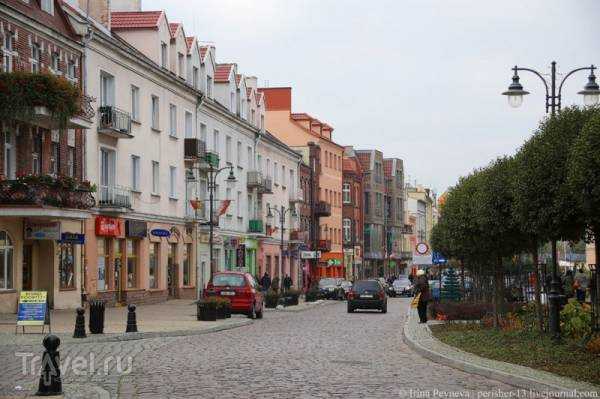
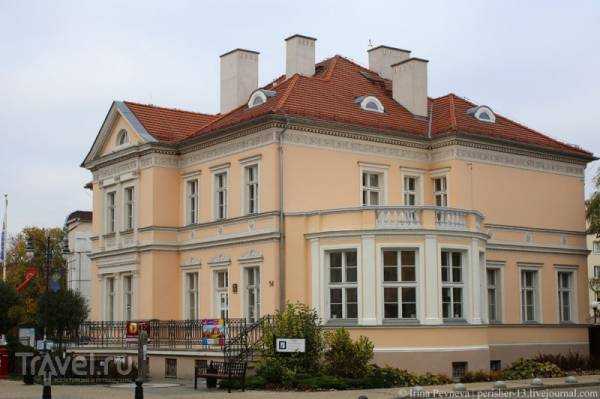
The Teutonic Order, and with it the capital, flourished. The city lived on crafts and trade, especially for the latter, all conditions existed. Malbork had a very advantageous territorial position, it was located at one of the most important trade crossroads of Europe.

This continued until 1410, when, during the decisive battle between the Polish-Lithuanian forces and the Order, the crusaders were defeated.


Although the Poles were victorious, they were only able to take possession of the castle in 1457, when they bought it from the Teutonic Order. From that moment on, the history of the crusaders and the history of the city would go their separate ways. Malbork's advantageous position once again worked to its advantage; after the devastating war, it quickly recovered, the city was restored, and life returned to its usual trading course.
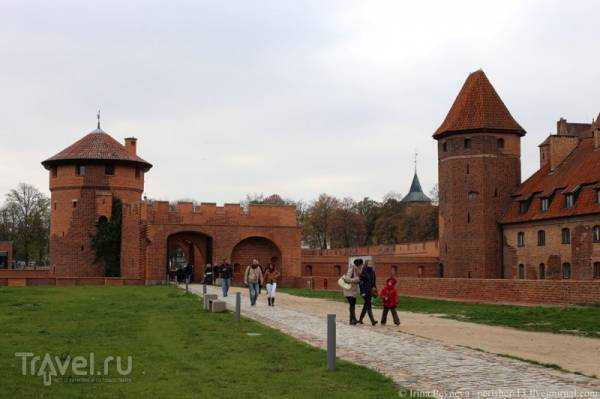
Meanwhile, we approached the walls of the castle itself. I will include photographs of the complex in the next article, but now, take my word for it, you will rarely come across a structure that can compete in grandeur with Marienburg. It is practically space.

Passing the bridge over the river, with a truly knightly name, Nogat, we approach our small hotel. The map did not deceive, we are located directly opposite the castle.



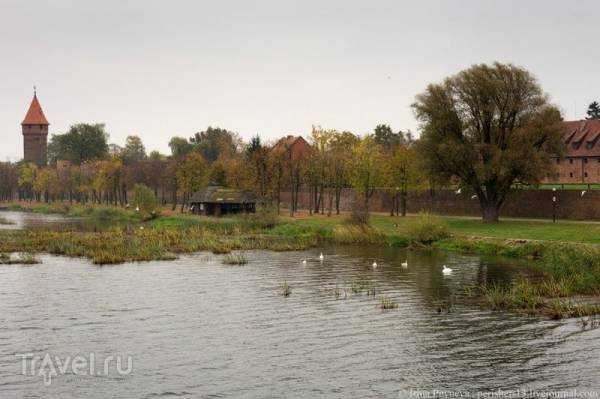
After resting for a couple of hours from the road in a small cozy room, we went for a walk around the part of the city that is on the left side of the river, and then returned to the castle halls to take a couple of night photos.

Well, what awaited Malbork next? Then there was a period of relative calm, right up until the 20s of the 15th century, when the Swedish invasion did not spare the city. In the seventeenth and eighteenth centuries, the city had virtually no economic significance. And the period of the Napoleonic wars was characterized for the city by endless looting by the French army.

Only at the end of the 19th century did the city manage to raise its head thanks to new enterprises that appeared here. And the First World War did practically no damage.

But time does not wait, and on May 1, 1933, the flag of the Third Reich was raised over the main tower of Malbork. The castle often hosted receptions for high-ranking Nazis. In 1941, stained glass windows were removed from the windows of the Chapel of the Virgin Mary - air attacks were expected. However, Malbork suffered the most in 1945.

The result of the Second World War for the city was the destruction of 80% all historical buildings, and there is nothing to say about the castle, you could see in photo No. 19 what condition it was in in 1945.

By modern standards, Malbork is a small town with a developed industrial infrastructure. There is a large sugar factory, a building materials production plant, wood processing and many others. So there is no need to worry about the economic situation of the former capital of the Teutonic Order.


Well, our walk has come to an end, it's time to go to the hotel to rest, because the next day we have grandiose plans. We will need to take the most impregnable castle in Europe, which has never been captured by force during its entire existence. How good that now you don't have to stand for many years at the walls of the fortress and besiege it to get inside the holy of holies of the Teutonic Order. All you need to do is buy a ticket, hand it to the caretaker and perhaps the ghost of the last grandmaster of the order will give you a tour himself.
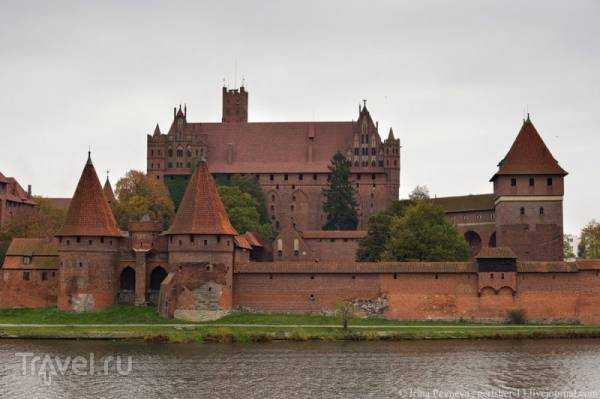
Source: travel.ru

